Monitor
Get alerts of new vulnerabilities based on risk level and applications affected.
Remediate
Empower developers to avoid rework with prioritized remediation and precise component selection.
Scale
Elevate security and reduce errors by enforcing customizable policies automatically.
Automate
Automatically identify intentionally malicious components, reduce false positives, and narrow the exploitability window.
Use AI to Reduce open source risk across your SDLC
Sonatype Lifecycle uses AI to continuously analyze open source components throughout the software development life cycle (SDLC). By detecting vulnerabilities, enforcing policy controls, providing remediation guidance, and ensuring compliance, we can help reduce open source risk and speed up your development.
for developers
Minimize risks, accelerate builds
Gain the control you need to operate at your best with SDLC lifecycle software you can depend on.
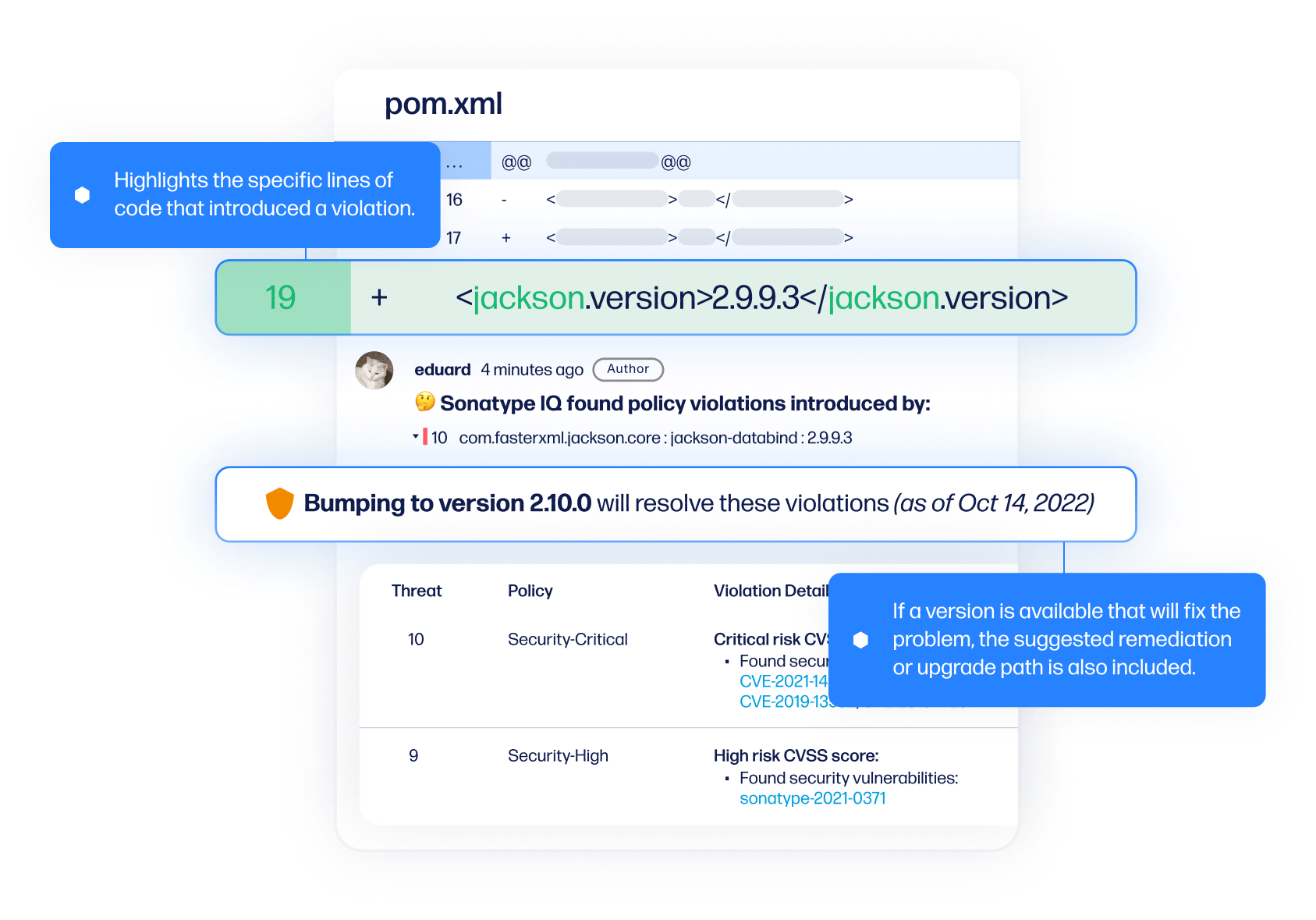
Control risk without switching tools
Code quality from the start
Remediate vulnerabilities fast
“Using Sonatype Lifecycle, we’re able to identify risks earlier than ever before in the development process — especially compared to six months ago. Sonatype Lifecycle works very well within our DevOps practice.”
FOR SECURITY TEAMS
SDLC manager for better vulnerability monitoring
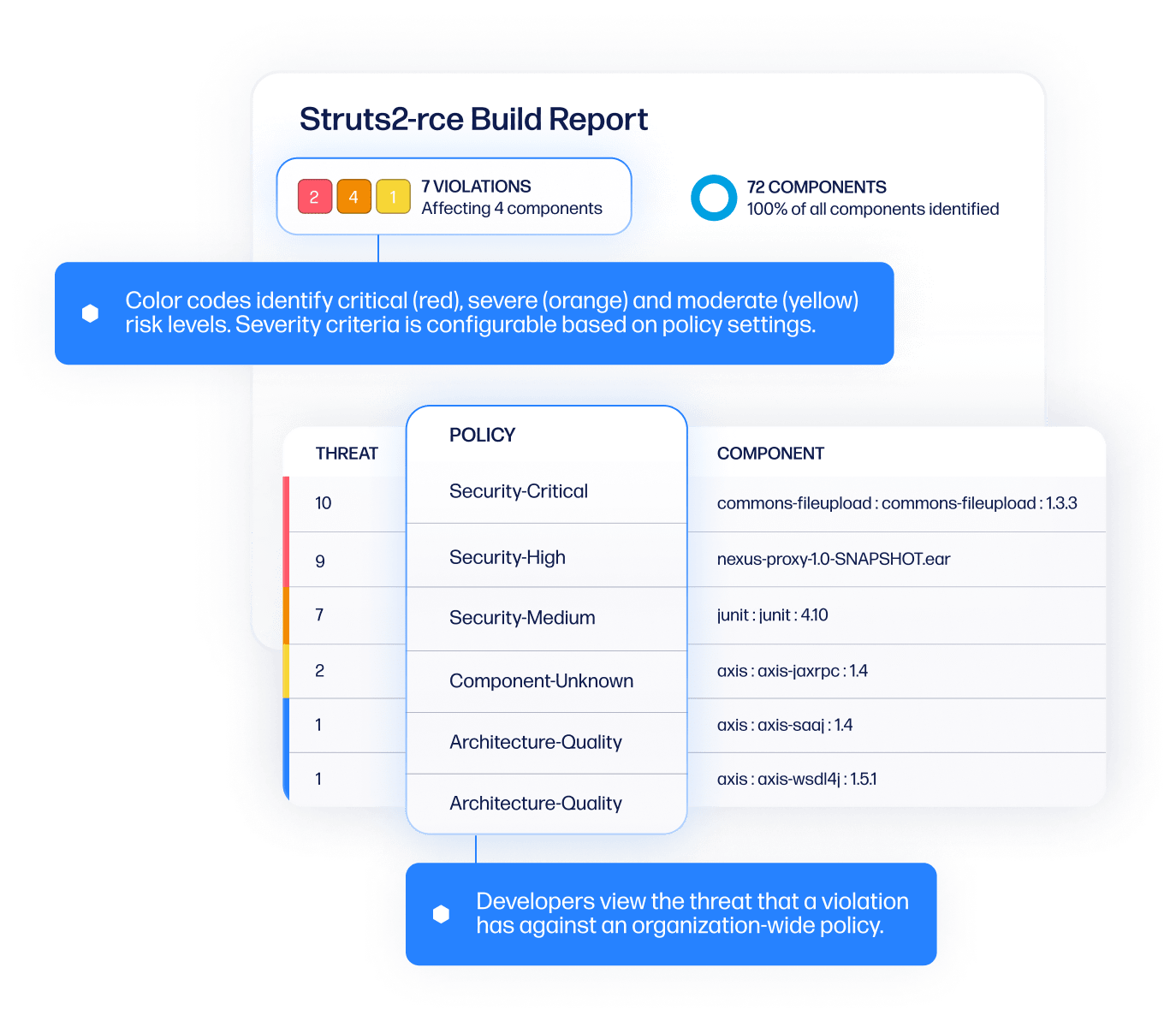
Monitor for open source risk
Enforce policy automatically
Generate a Software Bill of Materials
“We selected Sonatype Lifecycle because it has a very, very detailed explanation of the open source vulnerabilities and dependencies compared to other products."
Explore the Sonatype platform
![]()
You are here
Run products anywhere
Cloud
Self Hosted
Air-Gapped
SDLC risk control in action
Maintain quality code with an open source dependency manager that helps your DevOps team identify risks and provide safe replacement options.
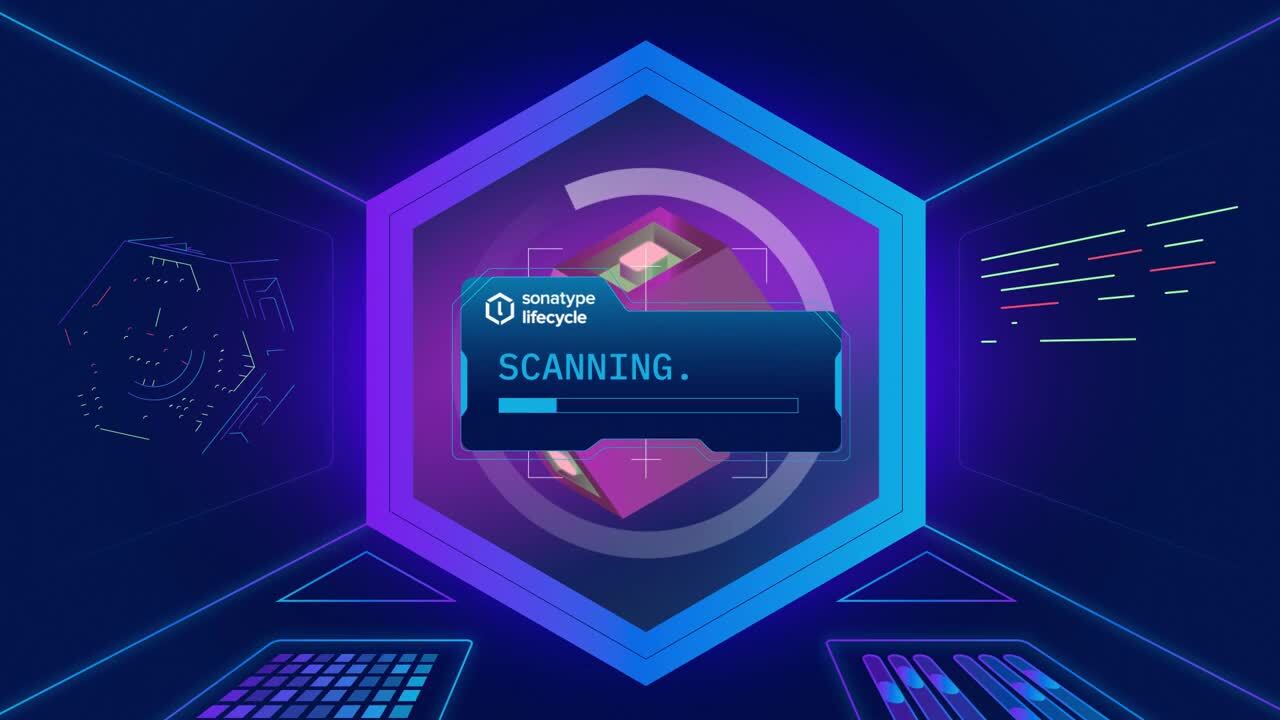
Work with the tools you already use
Lifecycle tool integrations

Azure DevOps
Use Sonatype to store and manage binaries, build artifacts, and Docker containers within your OpenShift environment.

Jenkins
Use Sonatype to store and manage binaries, build artifacts, and Docker containers within your OpenShift environment.

Atlassian Bamboo
Use Sonatype to store and manage binaries, build artifacts, and Docker containers within your OpenShift environment.
Chrome Extension
Identify the risk within a package before you even download it with our Chrome extension.

Ahab
Scan base OS (debian, fedora, alpine) packages for vulnerabilities.
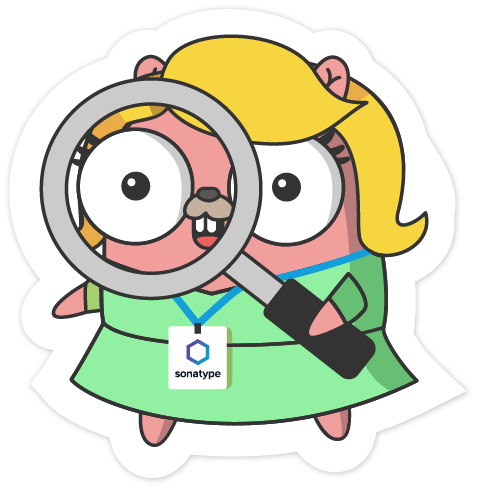
Nancy
Scan Golang projects for vulnerable third party dependencies.

Eclipse
Empower developers with precise component intelligence directly within the Eclipse IDE.
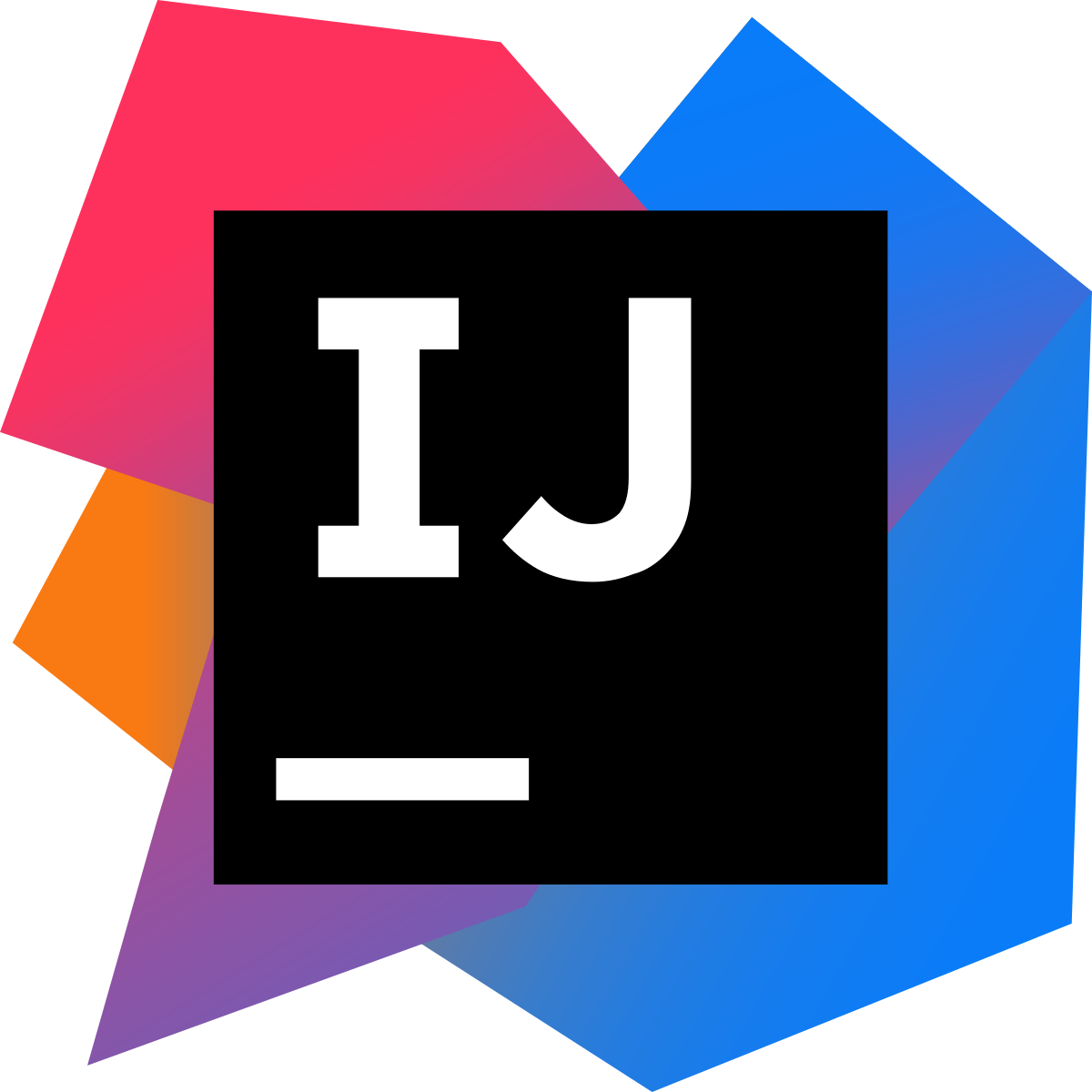
IntelliJ IDEA
Empower developers with precise component intelligence directly within IntelliJ IDEA.
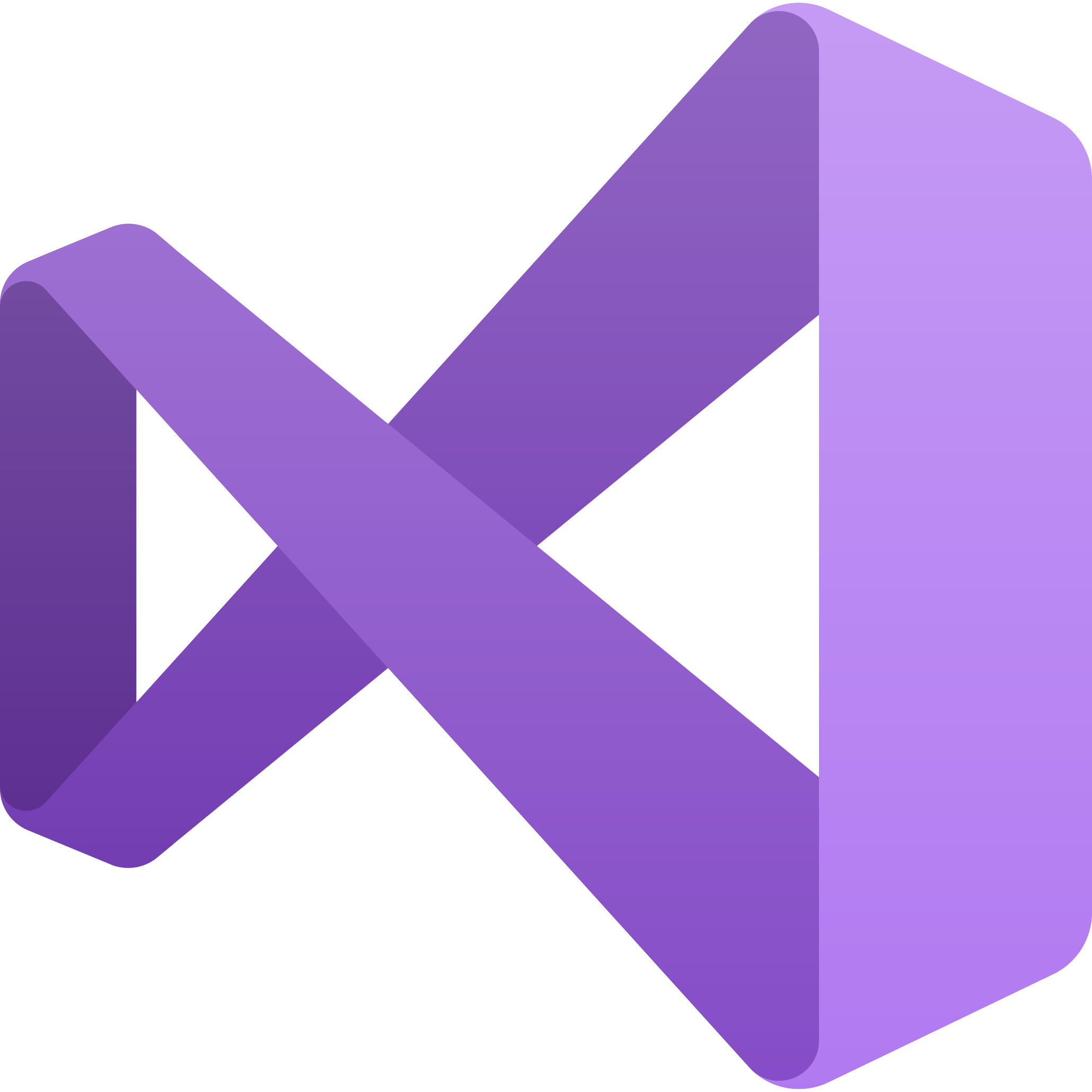
Microsoft Visual Studio
Empower developers with precise component intelligence directly within Microsoft Visual Studio.

Github
Sonatype Lifecycle pushes component intelligence into GitHub where developers can view and respond to policy violations directly in pull requests.

Gitlab
Sonatype Lifecycle pushes component intelligence into GitLab where developers can view and respond to policy violations without breaking a build.

Atlassian Bitbucket
Sonatype Lifecycle pushes component intelligence into Bitbucket where developers can view and remediate policy violations with detailed Code Insights.

Maven
Infuse your Maven builds with the most precise component intelligence and automatically fail builds based on policy violations, including violations found in transitive dependencies.
Gradle
Resolve dependencies and deploy your artifacts and build information to Sonatype Nexus Repository Manager.

Jira
Auto-create Jira tickets when policy violations are triggered in Sonatype Lifecycle.

Slack
Communicate policy results to stakeholders via Slack.

Micro Focus Fortify
Gain a 360-degree view of all your application security issues with integration to Fortify SSC and Fortify On-Demand.
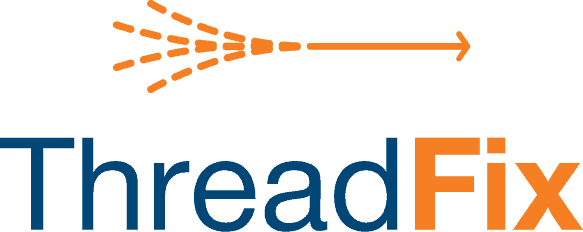
Threadfix
View Sonatype Lifecycle data in the ThreadFix dashboard for a single view of application security issues.

Kenna
View open source risk and policy violations with the Kenna security dashboard.

Docker
Automate container security and scale DevOps with Lifecycle container analysis.

Red Hat Clair
Sonatype Lifecycle integrates with Red Hat Clair to evaluate application, runtime, and OS level vulnerabilities within IQ for a single view into container risk.

DockerHub
Configure a DockerHub webhook listener that will consume events, and perform an IQ Lifecycle scan.

OpenShift
Use Sonatype to store and manage binaries, build artifacts, and Docker containers within your OpenShift environment.
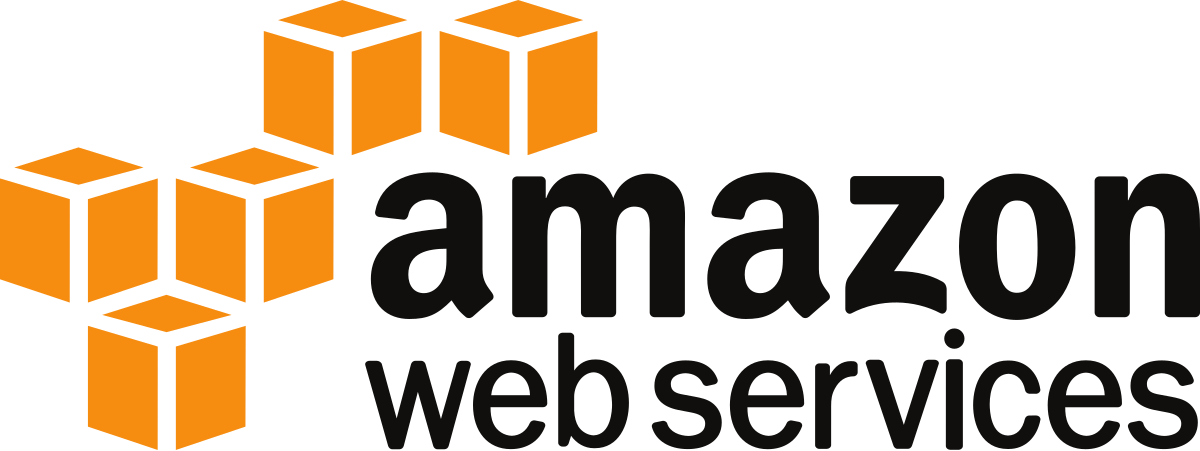
Amazon Web Services
Manage and secure open source and third-party components in the cloud with Sonatype Nexus Repository and IQ Server.
Lifecycle language support
 Java
Java
 Javascript
Javascript
 Python
Python
 C#
C#
 Ruby
Ruby
 Scala
Scala
 R
R
 Swift
Swift
 Clojure
Clojure
 GO
GO
 Gosu
Gosu
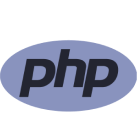 PHP
PHP
Lifecycle package support
 Maven
Maven
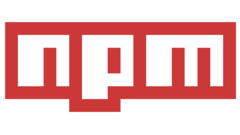 npm
npm
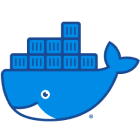 Docker
Docker
 PyPi
PyPi
 Nuget
Nuget
 Yum
Yum
 Go
Go
 Rubygems
Rubygems
%20@2x.png?width=141&height=140&name=APT%20(debian)%20@2x.png) Apt
Apt
 Helm
Helm
 gitlfs
gitlfs
 Conan
Conan
Related Resources
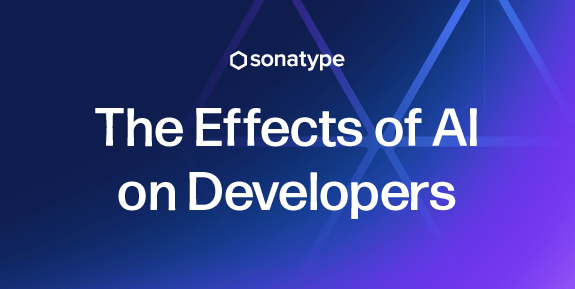
The Effects of AI on Developers
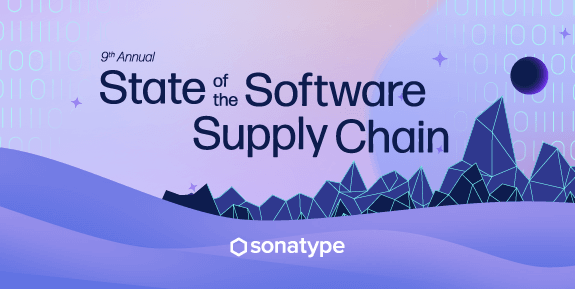
Sonatype’s 9th Annual State of the Software Supply Chain Report
“We wanted fast solutions, but also wanted those to be secure solutions. With Lifecycle, we can help programmers make the right decisions and make their software more secure. That's why we chose Sonatype Lifecycle.”
Stefan Simenon
Head of Centre of Expertise of Software Development & Tooling, ABN-AMRO
See Case Study
6x
decrease time to deployment
